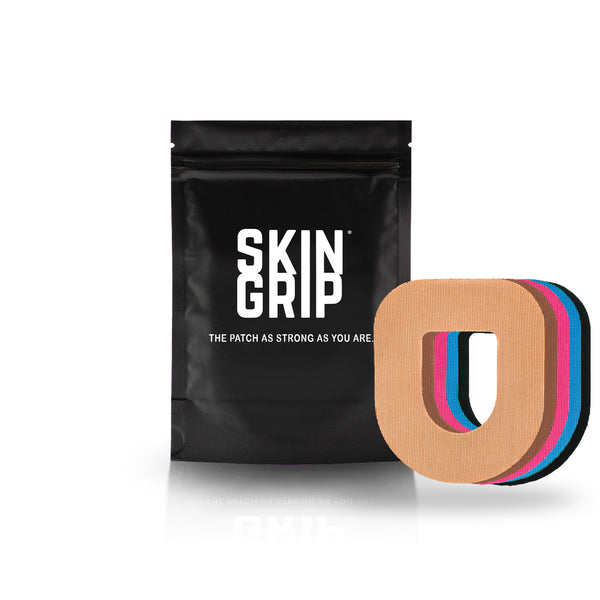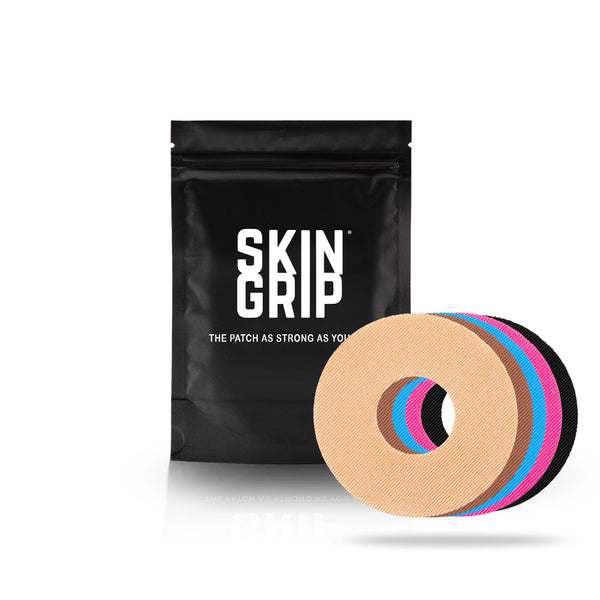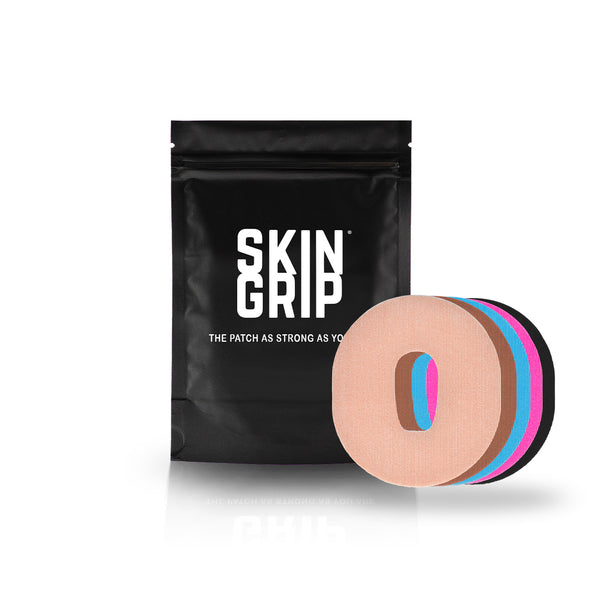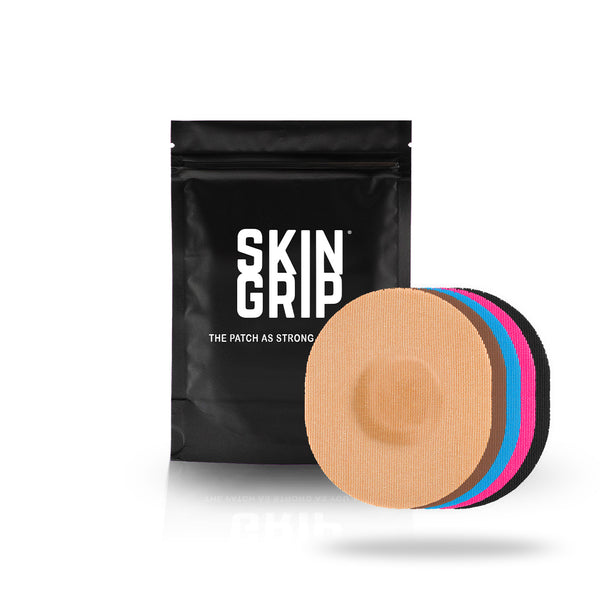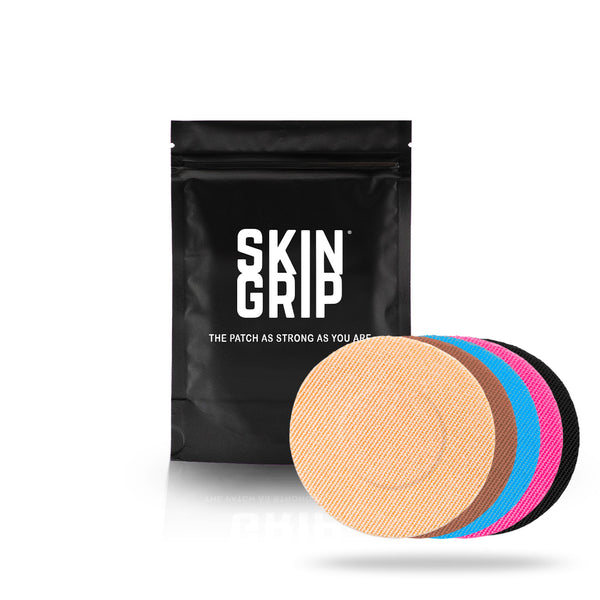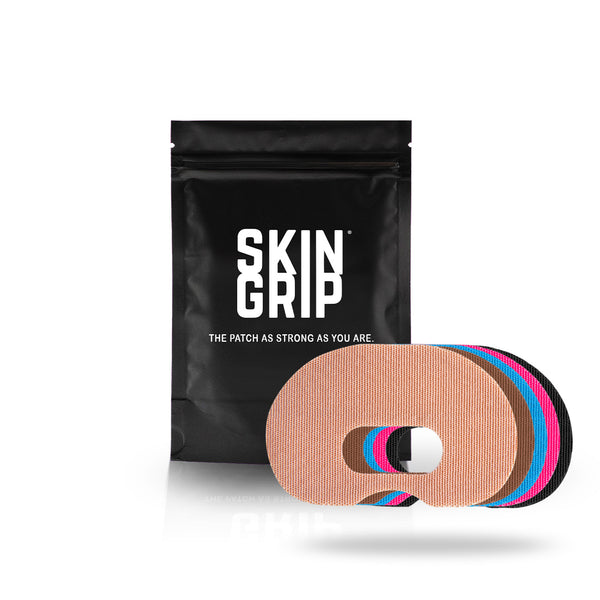
If you are someone with diabetes who menstruates, you have probably been told that you need a separate basal profile in your pump for the week of your period and that’s it! Wouldn’t it be magical if it was that simple? But true diabetes fashion, it is a bit more complex than just that because your insulin needs can shift throughout the entire duration of your cycle. There are 4 phases of a menstrual cycle and each phase presents its own unique challenges for people with diabetes. Keep reading to see how each phase can impact your diabetes management so you can learn to stay in sync with your monthly flow.
How does the menstrual cycle affect blood sugar levels with diabetes?
Menstrual cycles typically last anywhere between 25-35 days and average around 28 days. Throughout the time, hormone levels are constantly fluctuating. Keep reading to see what this could mean for your diabetes management and blood sugar levels.
FOLLICULAR PHASE
The follicular phase typically occurs in the first half of your cycle (days 1-14). During this phase, estrogen is the dominant hormone which typically increases insulin sensitivity meaning blood glucose levels are likely a bit easier to manage during this time.
OVULATION
The next phase of the cycle includes ovulation which usually occurs between days 14-17. During this ovulation phase, there is a sharp spike in luteinizing hormone levels. This hormone will tell the ovary to release its egg in preparation for pregnancy. During this phase, insulin resistance may be increased for about 1-3 days following ovulation.
LUTEAL PHASE
After ovulation, the next phase of the cycle is the luteal phase which typically occurs during days 17-28. As this phase progresses, progesterone will end up being the dominating hormone. Progesterone typically increases insulin resistance which can increase insulin needs upwards of 30% or more leading up to the first day of menstruation.
MENSTRUATION
As soon as you start your cycle, both estrogen and progesterone drop to their lowest levels. This shift in hormones can lead to a significant increase in insulin sensitivity and require a decrease in insulin needs by 10-30%.
Managing Diabetes and Menstrual Cycles
Tracking Your Cycle
Hormonal shifts that occur throughout the menstrual cycle can impact blood glucose levels differently between T1Ds. In order to better understand how your cycle impacts your blood glucose levels, it can be helpful to start tracking your cycle if you don’t already do so. When you begin tracking your cycle, you may be able to put together how the different phases and hormones influence your blood sugar levels..
What are the best foods to eat for periods?
Diabetes management and hormonal health rely significantly on nutrition. Although individuals with diabetes frequently consider the effect of food on their blood sugar, the foods they consume can also affect their hormonal health. Some experts suggest that incorporating various nutrients into one's diet throughout their cycle can aid in supporting their period and menstrual cycle and optimizing their hormonal health.
Exercise & Energy Levels
Fluctuations in hormone levels throughout the menstrual cycle can impact energy levels and exercise in various ways. Rising estrogen levels at the beginning of menstruation and the early follicular phase can increase energy levels and motivation for exercise. However, increasing progesterone levels during the luteal phase can cause fatigue, mood swings, and reduced energy levels, making it challenging to maintain a regular exercise routine. Physical discomfort and pain during the menstrual period can also make high-intensity exercise difficult, but light to moderate exercise, such as walking or yoga, can help reduce cramps and improve mood.
For individuals with diabetes who menstruate, syncing exercise routines with hormonal cycles can be beneficial. This allows for adjustments in intensity and type of exercise to match energy levels and physical symptoms, maintaining a regular exercise routine and supporting overall health and well-being.
If you want additional support on understanding how your monthly flow impacts your diabetes management, check out the following resources:
Listen on Apple Podcasts or Spotify today!











